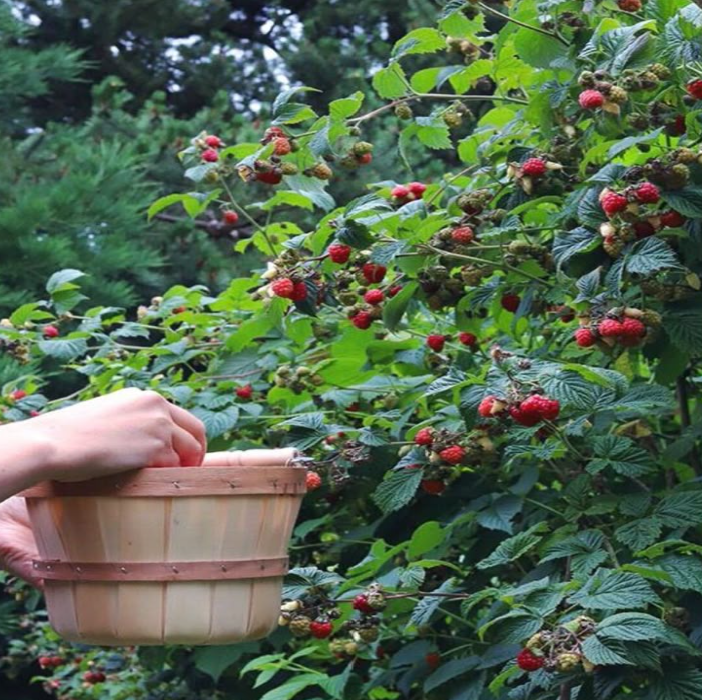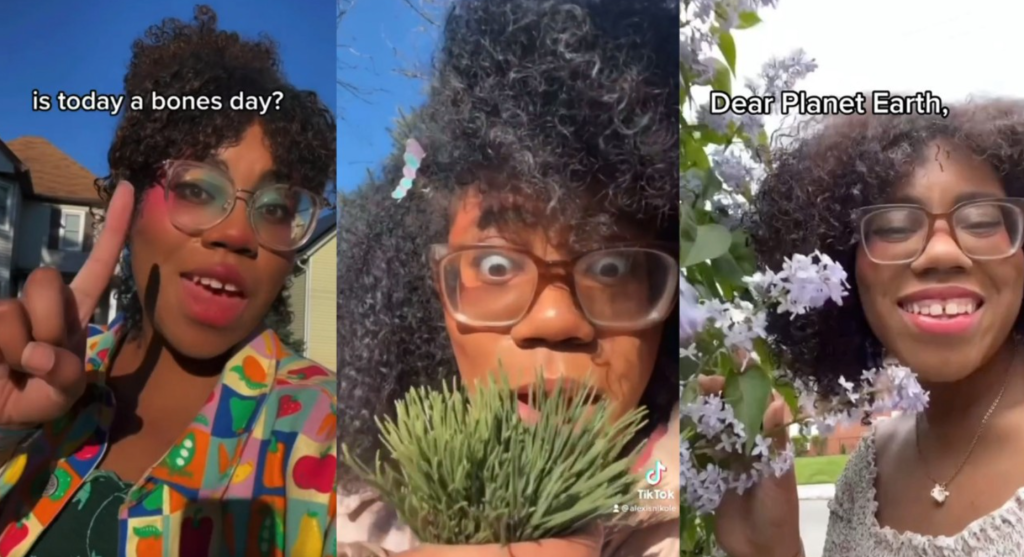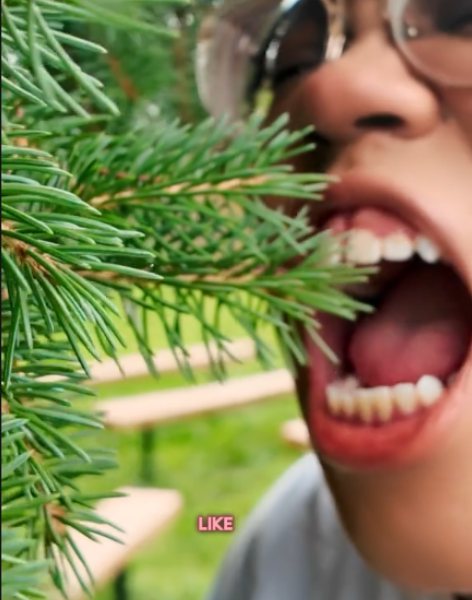Foraging: deliciously fighting for our future!
Land is being disrespected and destroyed due to the negligence of people who take nature for granted. When foraging, you’re helping the ecosystem thrive and grow, which sounds weird, right? Due to all of the pollution coming from modern food practices, foraging can lower your negative environmental impact. Not only can foraging reconnect you with nature, it can teach you responsibility, integrity, and improve your health!
Foraging is going out into nature and finding edible plants, and then taking them to eat. To forage, you’ll need to take something to carry your food, clothes fit for the weather, and a lot of water! Also, never pick a plant without double or triple-checking what it is. A good way to stay healthy while foraging is to wash the food when you get back home! Even if it’s safe to eat it could have something harmful on it from an outside source. And never forget – don’t take all of the natural food in the area! Leave some behind so others can have some, and so it can grow back to provide more food!
For more information on foraging, a reliable source I’ve found is Alexis Nikole. She creates foraging content on several platforms, shows people where and how to collect foods, spreads awareness, and tries her best to clear up misinformation about natural food!

1. Fighting against invasive plants.
Invasive plants take resources from other plants that need them, hurting the plants and everything else around them. When you remove the invasive species, you’re helping the environment return to its natural order. When you find an invasive species, don’t be afraid to take it all! When you remove them, you’re helping the other plants in the area that are getting harmed. Invasive plants can smother others, block the sunlight, take up root space, and take the nutrients in the ground without giving back. Also, don’t forget some of them are yummy and have great recipes!
2. Edible Species!
Around the country, you can find invasive species all around you. Thankfully, some of them are edible and tasty, especially when you know you’re helping the environment. But before you suddenly start picking and eating random plants, please research the plant first and consult an expert or someone who works in the plant/botany field. So many invasive species are harming the environment, so please take as much as you want! But a lot of local plants grow slower than the invasive species – so please be mindful when taking some! When you eat unsafe plants, you can be harmed in so many different ways, so please always check over and over again to see if they’re the right thing. When you find fungus (mushrooms), you have to be very careful to make sure they are one of the safe species — and not a look-alike!
- Reducing natural resource waste.
Most of the time, when there’s an apple tree in public space, the apples go to waste and fall off the tree and rot. Instead of letting them fall off and rot, ask around, and try to figure out if the tree is public property. If it is, take some fruits and use them! When we let the food grow and then rot, we’re wasting natural resources. Rotting food can also reduce the liveliness of the area you’re in due to the unpleasant smell. When you allow food to rot you’re inviting pests like fruit flies, rats, maggots, and more! Once they’ve eaten the rotten food they’re going to head to the food that isn’t rotten. Instead of buying apples at the store, go pick some! You can find yourself an apple that you like, and you’ll feel better knowing you foraged your own food. Also, if you come back, there’s going to be new apples that’ve grown, and you’ll experience the beauty of nature. This doesn’t go for just apples, it goes for almost all edible plants grown on public land. Also, please don’t waste food, like the stems of broccoli — find a way to use them to make a nice snack, or compost them! Go and eat some flora and fungus!
- More nutrition and yummy recipes.
Most of the food you forage can be used to create delicious recipes! One of the most common things you can forage for is dandelions, and there are an abundance of recipes for them. Instead of spending money on an ingredient that you’re only going to use once, you could forage for them and find a way to incorporate these healthy snacks into your usual diet!
Again, it’s important to stay safe. Some common poisonous parts of plants are leaves, bulbs, and especially berries. Almost all mushrooms that release spores are not safe to eat and they can also cause fungal infections.
Now; be careful, eat healthy, and don’t die!











